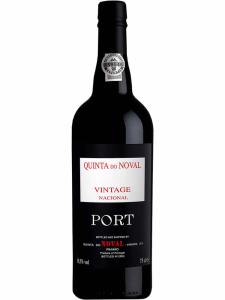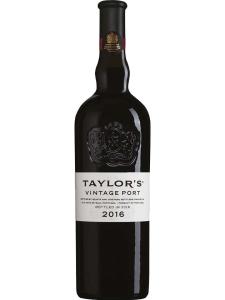-
中文名:
-
英文名:Port Blend Red
-
种植区域:
-
香气:
-
颜色:
Red Port is blended together using a number of grape varieties. The precise identity of these, and the proportion each represents in the final blend, may not be known even to the winemaker. For some growers in the Douro region of Portugal, the ambiguity over what is in their fortified wines is not an attempt to protect some proprietary secret, but rather a matter of reality: they simply don't know for sure what they have growing in their vineyards.
Because Portugal's wine industry has adopted regulation and legally enforced controls in the past few decades, tradition still has a strong influence on how wines are made and vineyards are managed. Tradition, here, means co-planted varieties and field blends (wines made from whatever combination of varieties happens to occur in the source vineyard). So, while the New World wine regions were proudly leading the charge towards varietal winemaking, Portugal remained entrenched in age-old viticultural and winemaking techniques. As a result, the list of grape varieties sanctioned for use in Port wines is very long. There are roughly 80 permitted in Red Port and almost 50 in White Port.
To list each variety individually here would be fruitless – few producers state exactly what varieties they use in their Ports, and in any case, the varietal character of each is often lost in the melée of aromas. Since the 1970s, most ports are made from of the "big five" quality Port varieties. Below is a summary of these, and what they contribute to Red Port blends.
Touriga Nacional – robust and tannic – is regarded as the finest Port variety, and contributes structure through its complex acids and tannins. Its tiny yields of small, intensely flavored berries contribute quality rather than quantity.
Touriga Franca brings balance to the blend with its lifted fruit and floral aromas.
Tinta Barroca – jammy and potent – adds volume, breadth and (thanks to its naturally high sugar levels) strong potential alcohol.
Tinta Roriz – better known by its Spanish name, Tempranillo – contributes its deep color to the blend, which is vital given the limited maceration time Port receives. Because neutral alcohol is added to the wines to arrest fermentation early and retain fruit sweetness, they run the risk of appearing pale if insufficient color is bled from the skins in this time.
Tinto Cao – prized for its spice and bite (cao, coincidentally, means "dog") – brings longevity to the blend. Tinto Cao wines are less immediately impressive in their youth, but acquire remarkable finesse over time.
Other noteworthy varieties that are relatively common in Port production are Sousao, Tinta Amarela and Mourisco Tinto. Each Port house has its own unique style, even within the various categories of Port produced. As such, it is almost impossible to offer tasting notes on the Port Blend as a whole.
Food matches for Red Port wines include:
- Veal kidney in sherry (riñones al Jerez) (vintage and LBV)
- Caramel slice (tawny)
- Stilton and Gloucester cheeses (vintage)



